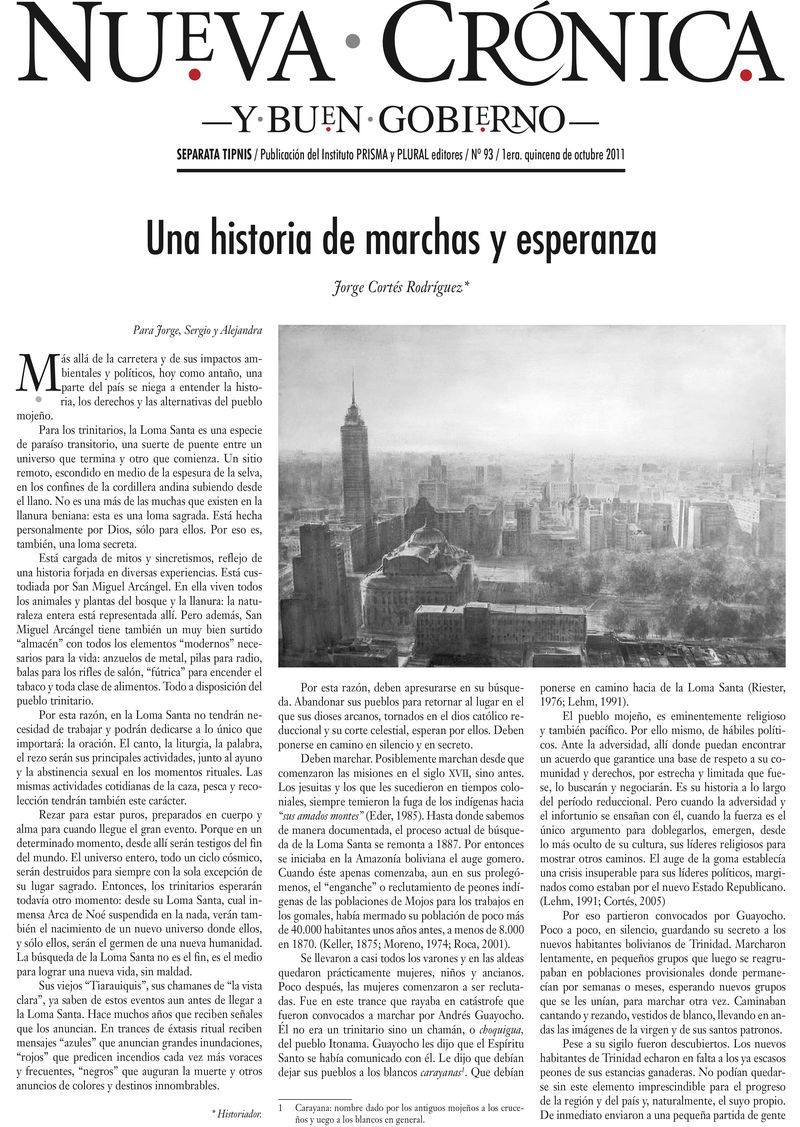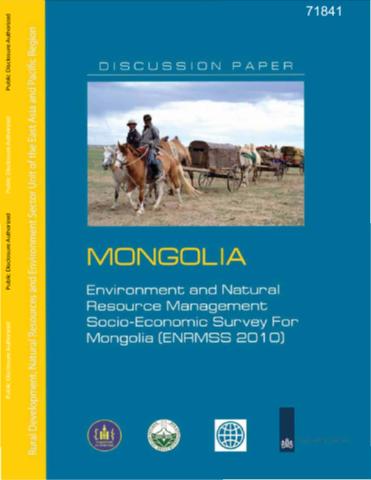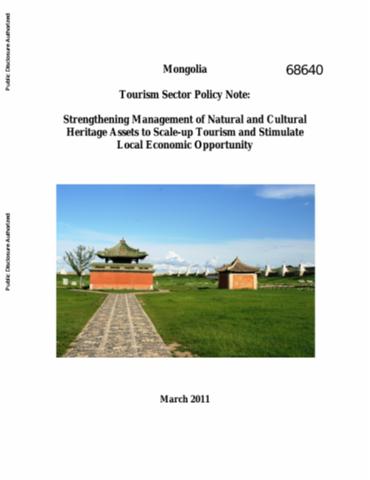Recognizing traditional tree tenure as part of conservation and REDD+ strategy
Reducing emissions from deforestation and degradation (REDD ) should focus on places where such emissions occur. Protected Areas (PAs) are, in theory, protected and hence, should have no emissions associated with land use/land cover change. In practice rotection is incomplete. Can PAs be included in REDD schemes? Can 'paper parks' be included that exist on paper rather than in reality? How concrete should threats be before we call carbon (C) protection 'additional'? The dilemma may be more manageable if protected areas are included in a broader landscape approach to REDD.








